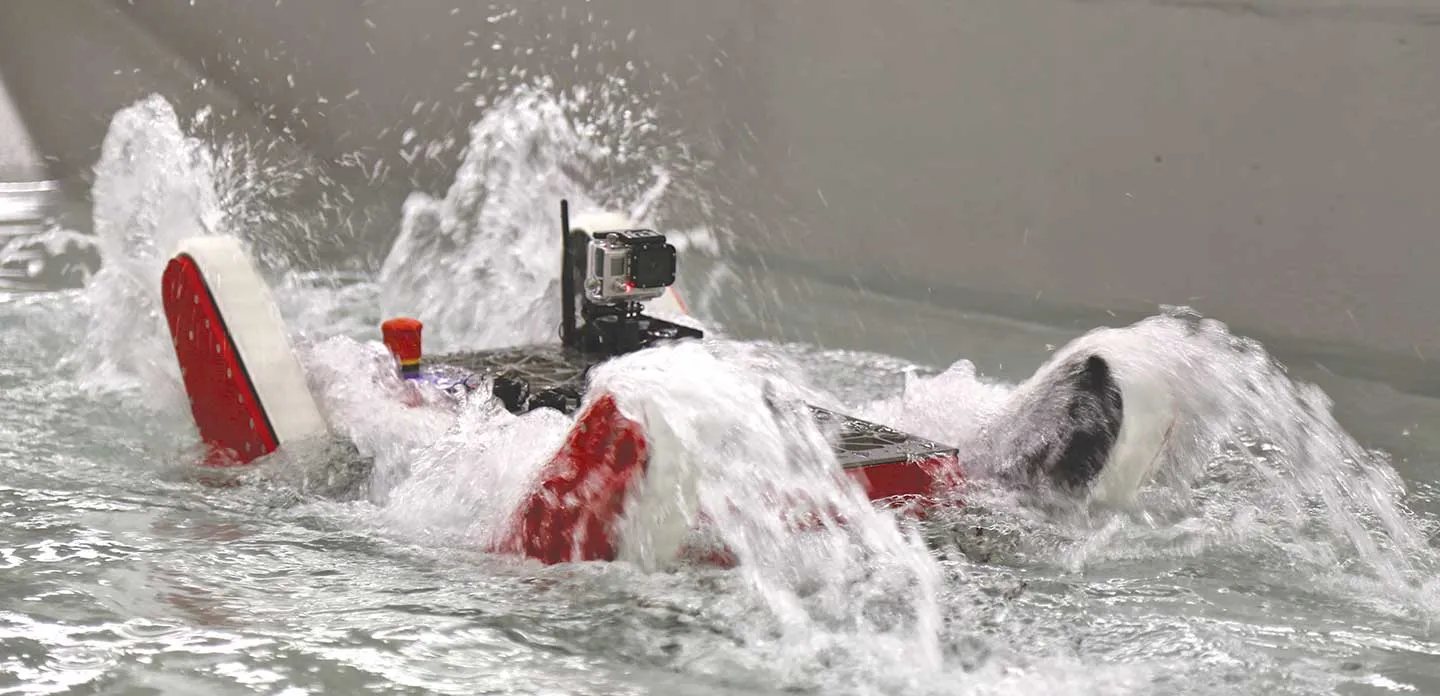Founded in 1865 to create and convey the latest science and engineering knowledge in ways that are most beneficial to society, Worcester Polytechnic Institute (WPI) has grown to become one of the world’s leading universities specifically devoted to science, technology, and engineering education and research. To support its mission, WPI established its Robotics Engineering Program.
According to Robotics Engineering Program Director Michael A. Gennert, the program, which offered the first undergraduate degree in robotics engineering in the United States in 2007, serves two purposes: first, it helps prepare the robotics engineers of tomorrow; and second, it promotes robotics research at WPI with the goal of achieving advances and breakthroughs in robotics engineering.
“Designing and engineering robots demands that graduates see beyond the boundaries of traditional engineering to synthesize different disciplines,” Gennert explains. “Because we can’t squeeze three engineering degrees into a four-year program, our students take a selection of multidisciplinary engineering classes—including computer science and engineering, electrical engineering, and mechanical engineering—with an emphasis on student projects and real-world experience in robotics engineering.”
To support projects in robotics engineering, WPI makes a range of 3D mechanical design and engineering software available to students. However, the most commonly used software for developing robots at WPI is SOLIDWORKS Education Edition software. “While learning a CAD system is not necessary for taking robotics courses, students are encouraged to learn to use CAD to support project work at the upper levels,” Gennert says. “SOLIDWORKS is by far the most popular software package that students use at WPI to design robots and complete projects related to the program.”
DESIGNING AND SIMULATING ROBOTS
The reason why WPI students prefer SOLIDWORKS Education Edition software for robot-related projects is the software is not only easy to learn and use, but also provides access to mechanical design and finite element analysis (FEA) capabilities, both of which are critical to developing effective robots. “For robotics project work, students establish their own set of requirements and need feedback on the operation of mechanical and control systems without resorting to endless prototyping loops,” Gennert points out.
“Students need access to serious design and analysis capabilities to successfully complete robotics projects—particularly with senior capstone projects,” Gennert continues. “Because they can perform a full spectrum of design and analysis more easily with SOLIDWORKS software, students often prefer SOLIDWORKS for project work. SOLIDWORKS allows them to focus on robotics instead of the tool. In addition to leveraging SOLIDWORKS to support classwork and student projects, we also use SOLIDWORKS to perform research.”
